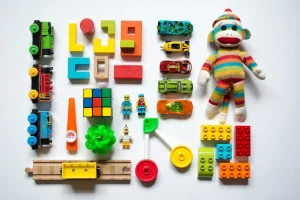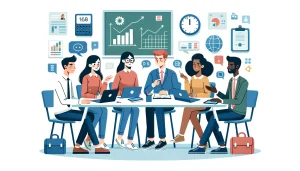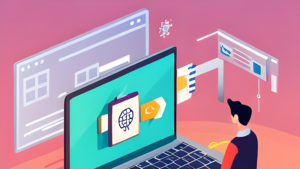5 Proven Strategies to Overcome Learning Barriers

Table of Contents
Introduction
The quest for knowledge is a lifelong endeavor, but it’s fraught with obstacles. Whether you’re a student, a professional, or a lifelong learner, you’ll inevitably face barriers that can disrupt your educational journey. This article delves into some strategies to help you overcome learning barriers and continue your educational pursuit more effectively.
1. Embracing a Growth Mindset
Understanding the Mindset Landscape
A growth mindset is the idea that you can get better at something through dedication and practice. It’s the belief that your intelligence and skills aren’t fixed but can be improved over time. This is in stark contrast to a fixed mindset. In a fixed mindset, people think their talents are set in stone from birth, like a permanent tattoo on their abilities. They believe there’s no room for growth or improvement, no matter how much effort they put in.
The Power of Belief
With a growth mindset, you develop a stronger ability to bounce back from difficulties. Instead of getting discouraged by setbacks, you become more determined to overcome them. You start viewing challenges as stepping stones on your path to improvement rather than roadblocks you can’t get past. These challenges become valuable experiences that help you learn and grow. This mindset shift can significantly impact how you approach learning barriers.
| Factor | Impact When Students Have a Growth Mindset |
|---|---|
| Resilience | Enhanced ability to recover from setbacks, acting as a mediating factor that amplifies the positive effects of a growth mindset. |
| Psychological Well-being | Higher levels of mental well-being, including increased happiness and reduced stress. |
| School Engagement | Increased level of interest and active participation in school activities, leading to better academic performance. |
Practical Steps for Cultivation
- Recognize and acknowledge your weaknesses without judgment.
- Embrace challenges as avenues for growth.
- Celebrate small victories to build confidence.
2. Setting Clear and Achievable Goals
The Cornerstone of Learning
Goal setting is not just a task but a necessity for effective learning. It provides you with a roadmap, helping you focus your energies and measure your progress.
The SMART Framework
SMART goals—Specific, Measurable, Achievable, Relevant, and Time-bound—offer a structured approach to setting objectives. They help you avoid vague or overly ambitious goals that can lead to frustration.
Tips for Effective Goal Setting
- Set goals that are both realistic and ambitious.
- Continuously evaluate and adjust your goals based on your progress.
- Break down larger objectives into smaller, more manageable tasks.
3. Improving Your Attention Span
The Role of Attention in Learning
Your ability to focus is crucial to overcome learning barriers. Distractions like social media and constant notifications can severely hamper your learning process.
Strategies to Enhance Focus
- Utilize the Pomodoro Technique to break your study sessions into focused intervals.
- Engage in mindfulness practices to improve concentration.
- Create a dedicated learning environment free from distractions.
You can find more techniques to increase your focus and attention span in this article.
4. Seeking Feedback and Mentorship
The Value of External Insights
Feedback is an invaluable tool for improvement. It helps you identify your strengths and weaknesses and provides actionable insights for better performance.
The Role of Mentors and Peers
Mentors and peers can offer different perspectives, emotional support, and practical advice that can significantly enrich your learning experience.
Tips for Utilizing Feedback
- Be open to constructive criticism.
- Actively seek feedback from multiple sources.
- Use peer reviews as a two-way street for learning.

5. Reflecting and Adjusting Regularly
The Need for Self-Reflection
Regular self-reflection is crucial for identifying barriers and adjusting your learning strategies. It allows you to take stock of your progress and make necessary changes.
Techniques for Effective Reflection
- Maintain a learning journal to track your thoughts and experiences.
- Use self-assessment quizzes to gauge your understanding.
- Participate in discussion groups to gain different perspectives.
Charting a Path to Overcome Learning Barriers
Think of your education as a self-guided tour where you’re the driver, the navigator, and the passenger. You’ll sometimes have to navigate around roadblocks and detours. The five strategies we’ve delved into—fostering a growth mindset, setting specific goals, honing your attention span, seeking feedback, and engaging in consistent reflection—act as your GPS, guiding you through the intricacies of learning.
While the road may be filled with challenges, these strategies will help you to steer through them. Flip the switch from passive to active learning. Make your growth mindset your co-pilot, let clear goals map out your route, and use attention-enhancing techniques to keep your eyes on the road. Lean on mentors and peers as your trusty roadside assistance, and never underestimate the power of a well-timed pit stop for self-reflection. Rev up your learning engine and hit the highway to success, starting today.












